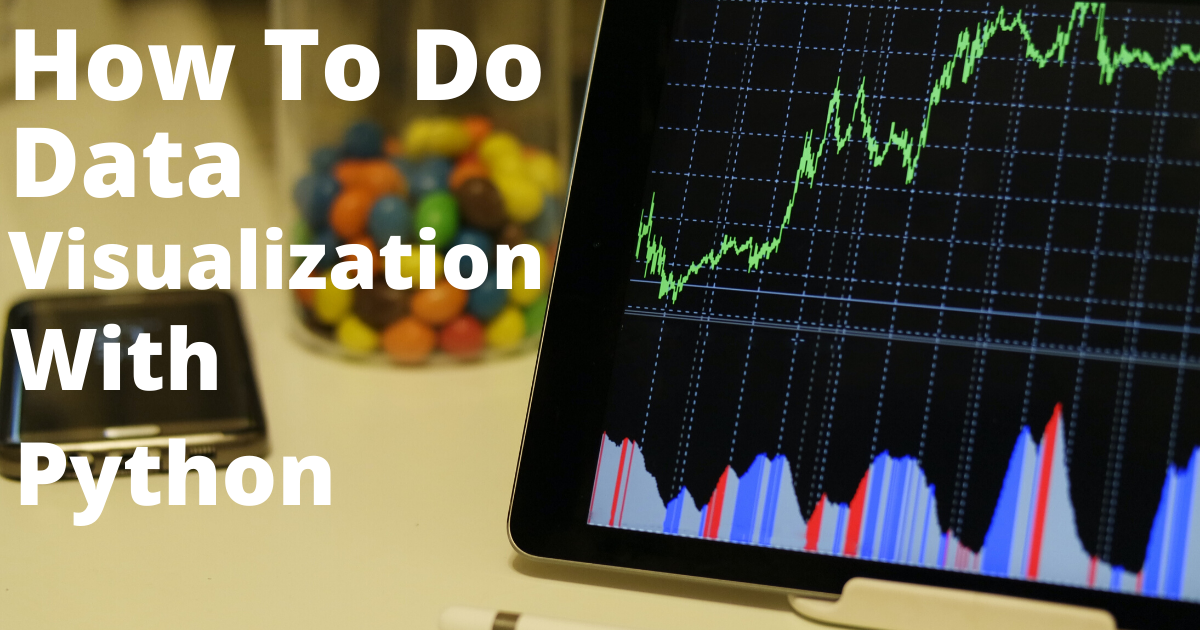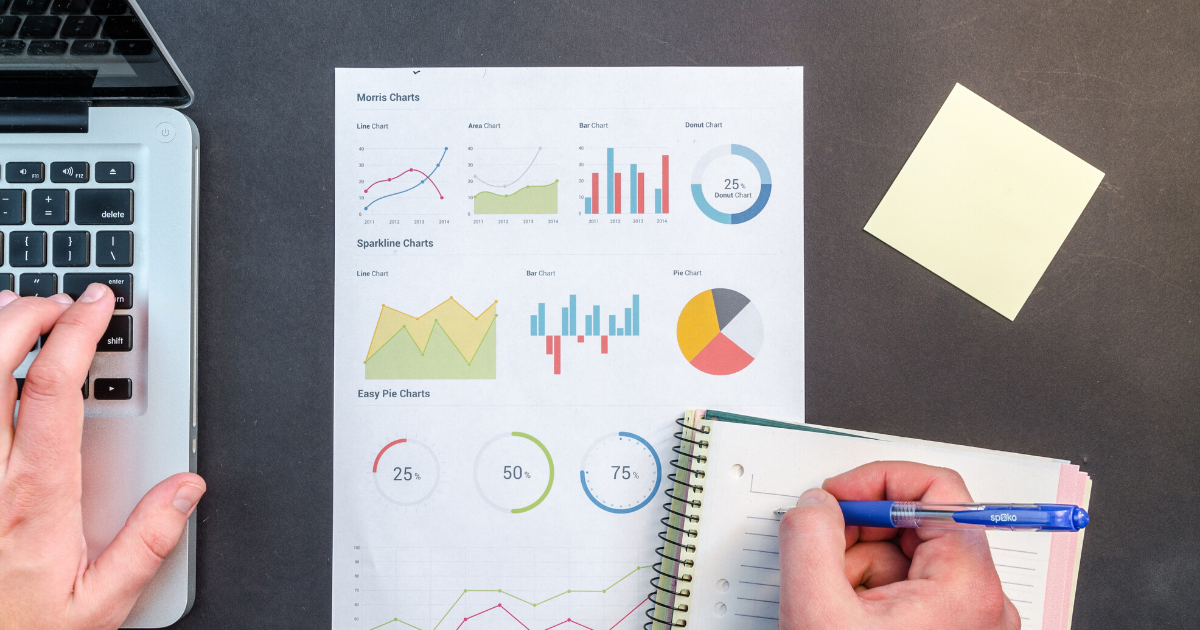In this article, you will get answers to all questions about data visualization with python. What is data visualization? Why learn data visualization? What do you need to learn in data visualization?
What Is Data Visualization?
Data visualization is a graphical representation of data and information. By utilizing visual components like charts, graphs, and maps. Data visualization tools provide an accessible way to see and get patterns, outliers, and trends in data.
In the era of Big Data, data visualization tools and technologies are important to analyze gigantic amounts of information and make data-driven decisions. We can do data visualization with python also it is one of the most popular programming languages.
Why Do Data Visualization With Python?
Python offers various incredible graphing libraries that come packed with lots of different features. Regardless of creating interactive, live, or highly customized plots python has an excellent library for you. This makes data visualization with python a much easier task. You’ll discover libraries for every purpose that data visualization needs.
How to do data visualization with python?

There’s an entire selection of visualization techniques to present data in an effective and interesting manner. Common types of methods are:
- Area Chart
- Bar Chart
- Histogram
- Scatter Plot
- Pie Chart
- Waterfall Chart
- Treemap
For learning data visualization with python you just need to learn to plot data with different libraries. We have various libraries for data visualization needs. While some of these libraries are centered around accomplishing a specific task, others can be utilized regardless of your field. Some of these top libraries are:
- Matplotlib
- Seaborn
- ggplot
- Plotly
- Altair
Matplotlib
Matplotlib is the most well-known data visualization library of Python. It is a 2D plotting library and most widely used for plotting in the Python community. It is one of the popular libraries for data visualization with python and it is more than 10 years old.
Probably the best advantage is that it allows us visual access to huge amounts of data in easily digestible visuals. Matplotlib comes with a wide variety of plots. Plots assist with understanding trends, patterns, and to make correlations. They’re typically instruments for reasoning about quantitative information. It is a very versatile visualization library. With this library, with just a few lines of code, one can generate plots, bar charts, histograms, power spectra, stemplots, scatterplots, error charts, pie charts and many other types of visualization to make data attractive.
Seaborn
The Python data visualization library of Seaborn is a library dependent on Matplotlib. It is built on top of Matplotlib.
Seaborn gives a high-level interface for drawing alluring and informative statistical graphics. This tool makes data visualization with python more attractive. The key difference is Seaborn’s default styles and color palettes, which are designed to be more aesthetically pleasing and modern. Seaborn is a higher-level library- it’s easier to generate certain kinds of plots, including heat maps, time series, and violin plots.
Ggplot
Ggplot is a Python visualization library for data visualization with the python based on R’s ggplot2 and the Grammar of Graphics. You can develop plots using high-level grammar without worrying about the execution details.
Ggplot operates differently compared to Matplotlib: it lets users layer parts to make a full plot. For example, the user can start with axes, and then add points, then a line, a trend line, etc. In spite of the fact that the grammar of Graphics has been praised as a “natural” method for plotting. Prepared matplotlib users might need time to adjust to this new mindset. According to the creator, ggplot isn’t designed for creating highly customized graphics. It sacrifices complexity for a simpler method of plotting.
Plotly
Plotly is an online platform for data visualization with python. Also, you can access its capabilities from a Python notebook. Plotly’s forte is making interactive plots, but it offers some charts you won’t find in most libraries, like contour plots, dendrograms, and 3D charts.
Altair
The Python library of Altair is a declarative statistical visualization library and built on top of the powerful Vega-Lite visualization grammar.
A declarative library needs one to just make the links between the data columns to the encoding channels such as the x-axis, y-axis, color, etc and the rest plotting is handled automatically. This makes Altair simple, friendly, and consistent. It is not difficult to design effective and wonderful visualizations with a minimal amount of code with Altair.

All you need to know about Python Programming
Learn Python Programming
| Top 7 Python Programming University/ Colleges in India | Top 7 Training Institutes of Python Programming |
| Top 7 Online Python Programming Training Programs | Top 7 Certification Courses of Python Programming |
Learn Python Programming with WAC
Other Skills in Demand
| Artificial Intelligence | Data Science |
| Digital Marketing | Business Analytics |
| Big Data | Internet of Things |
| Python Programming | Robotics & Embedded System |
| Android App Development | Machine Learning |

